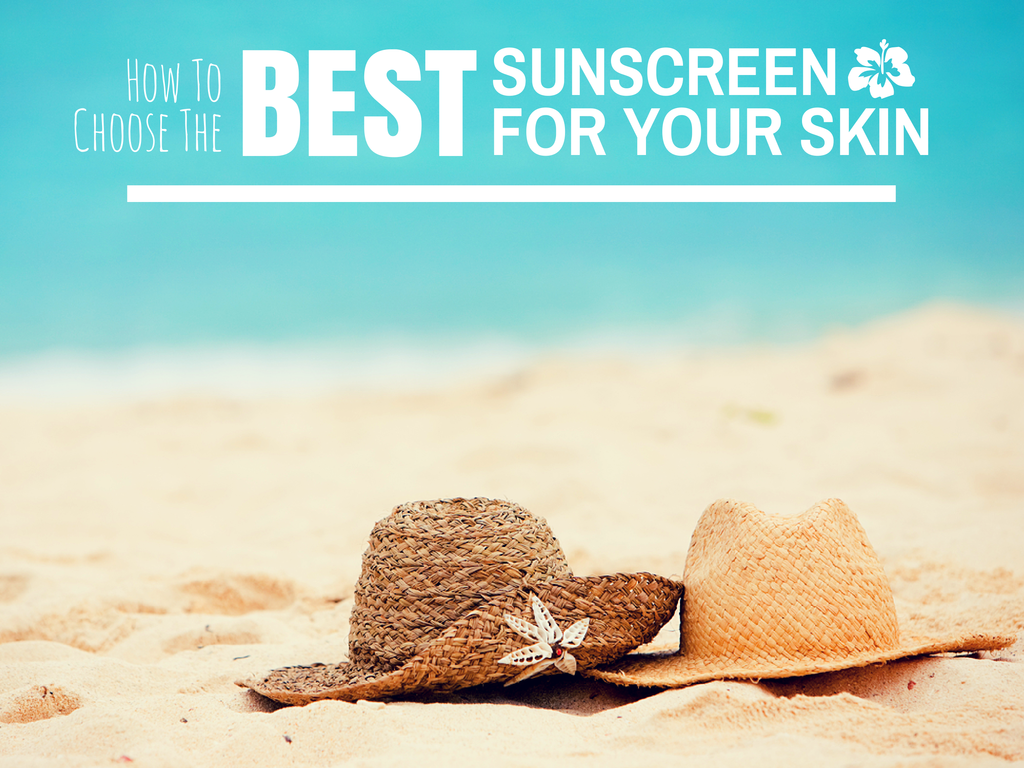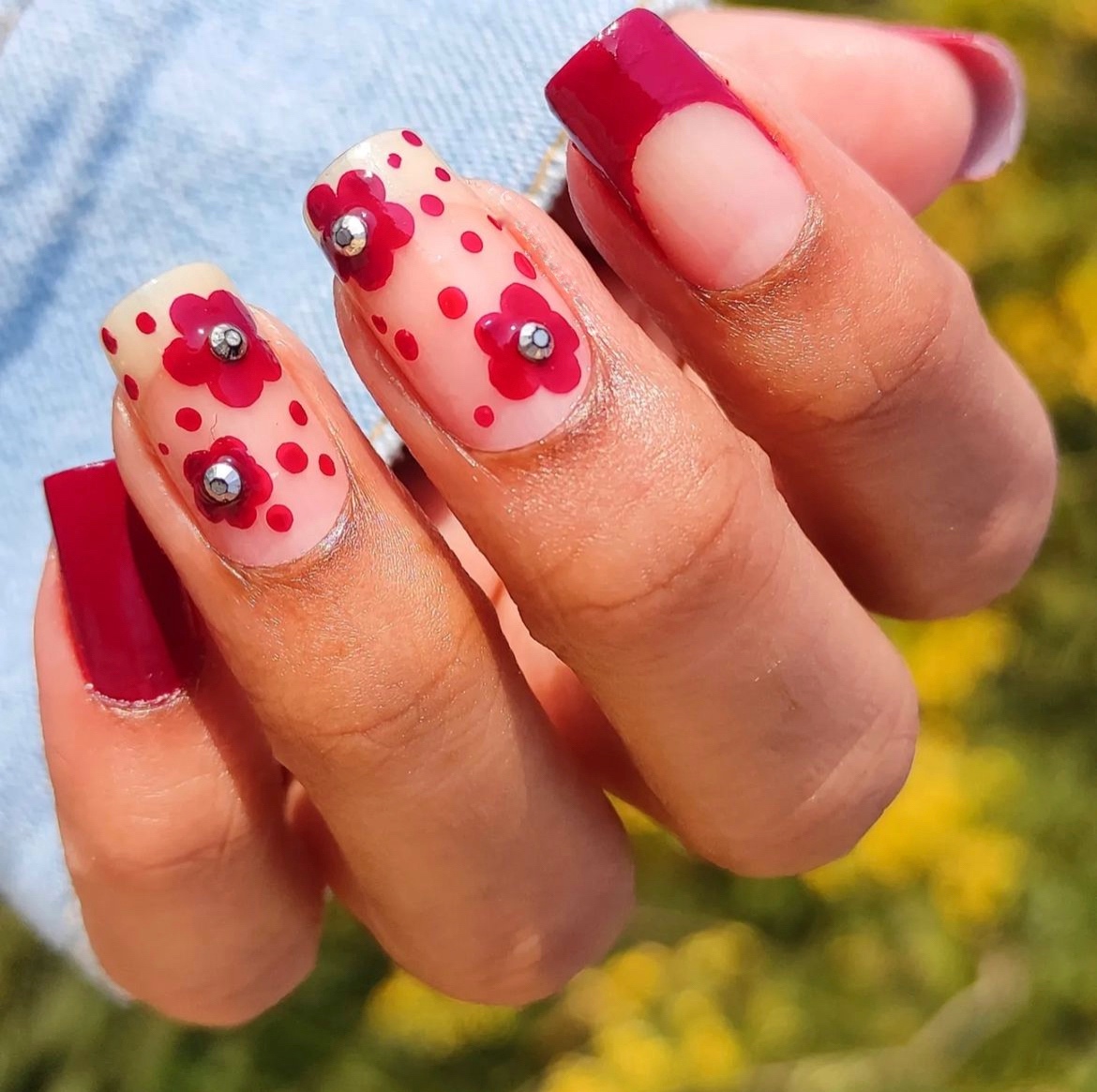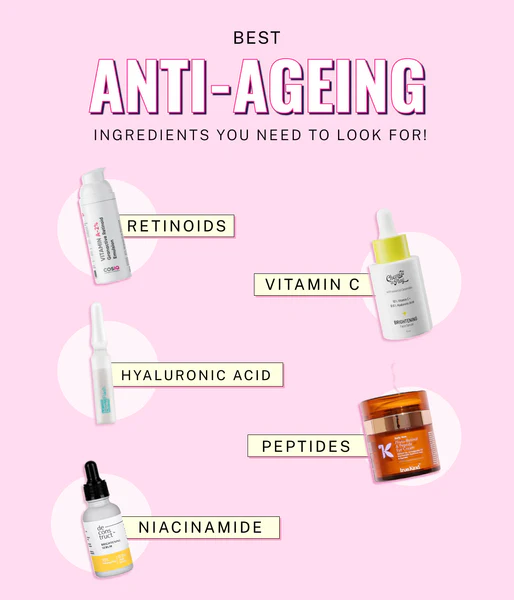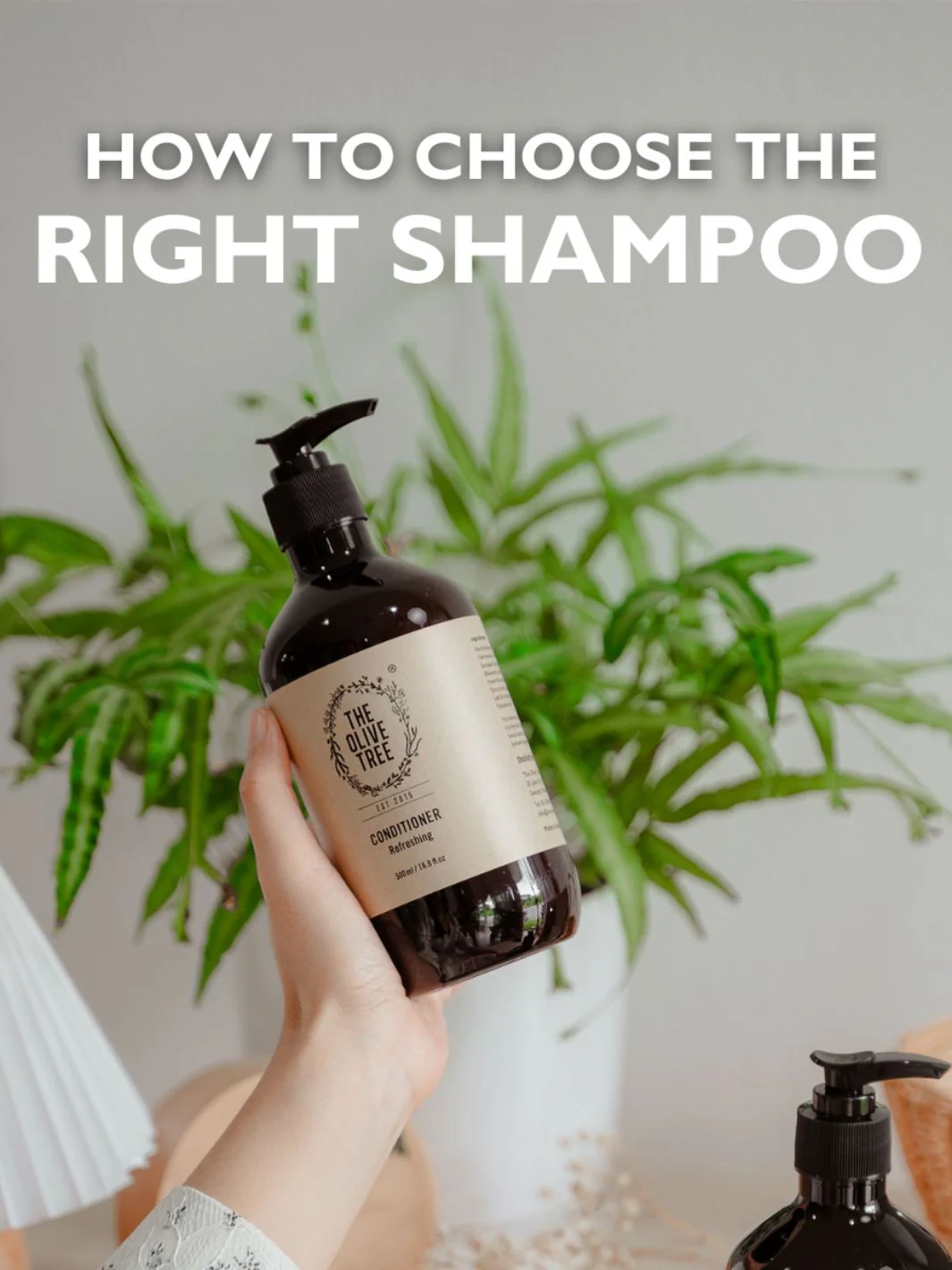

How to Choose the Right Sunscreen for Your Skin?
Choosing the right sunscreen is crucial for protecting your skin from harmful UV rays and preventing premature aging.
By Damyanti Salon
Here’s a guide to help you select the best sunscreen for your skin type and needs:
1. Understand SPF Levels
A. SPF 15: Blocks about 93% of UVB rays. Suitable for daily, minimal sun exposure.
B. SPF 30: Blocks about 97% of UVB rays. Ideal for most people and provides adequate protection.
C. SPF 50: Blocks about 98% of UVB rays. Best for prolonged sun exposure or for those with fair skin.
2. Broad-Spectrum Protection
Ensure your sunscreen is labeled as “broad-spectrum.” This means it protects against both UVA and UVB rays. UVA rays can prematurely age your skin, while UVB rays can cause sunburn.
3. Consider Your Skin Type
A. Oily Skin: Look for oil-free, non-comedogenic formulas that won’t clog pores. Gel-based sunscreens can be a good option.
B. Dry Skin: Choose sunscreens with moisturizing ingredients like hyaluronic acid or glycerin. Cream-based sunscreens can help hydrate your skin.
C. Sensitive Skin: Opt for mineral sunscreens with zinc oxide or titanium dioxide, which are less likely to cause irritation. Avoid fragrances and alcohol.
D. Combination Skin: Use a sunscreen that is lightweight and hydrates without feeling greasy. Gel-based or lotion sunscreens can be suitable.
4. Check for Water Resistance
If you’ll be swimming or sweating, choose a water-resistant sunscreen. Note that “water-resistant” doesn’t mean waterproof, so reapply every 40 to 80 minutes, as indicated on the label.
5. Review the Ingredients
A. Physical (Mineral) Sunscreens: Contain zinc oxide or titanium dioxide. These sit on top of the skin and deflect UV rays. They are suitable for sensitive skin.
B. Chemical Sunscreens: Contain ingredients like avobenzone, oxybenzone, and octinoxate. These absorb UV rays and transform them into heat. They tend to be lighter and more easily absorbed but may cause irritation for some people.
6. Consider Application Preferences
A. Lotions: Good for large areas of the body and daily use.
B. Sprays: Convenient for reapplication but ensure even coverage.
C. Sticks: Ideal for targeted areas like the face and ears.
7. Reapply Regularly
Regardless of the type or SPF, reapply sunscreen every two hours, and more often if you’re swimming or sweating.
8. Choose a Trusted Brand
Look for sunscreens from reputable brands that adhere to FDA regulations and have good reviews from dermatologists and consumers.
By considering these factors, you can choose the right sunscreen that fits your skin type, lifestyle, and sun exposure needs, ensuring optimal protection and skin health.



